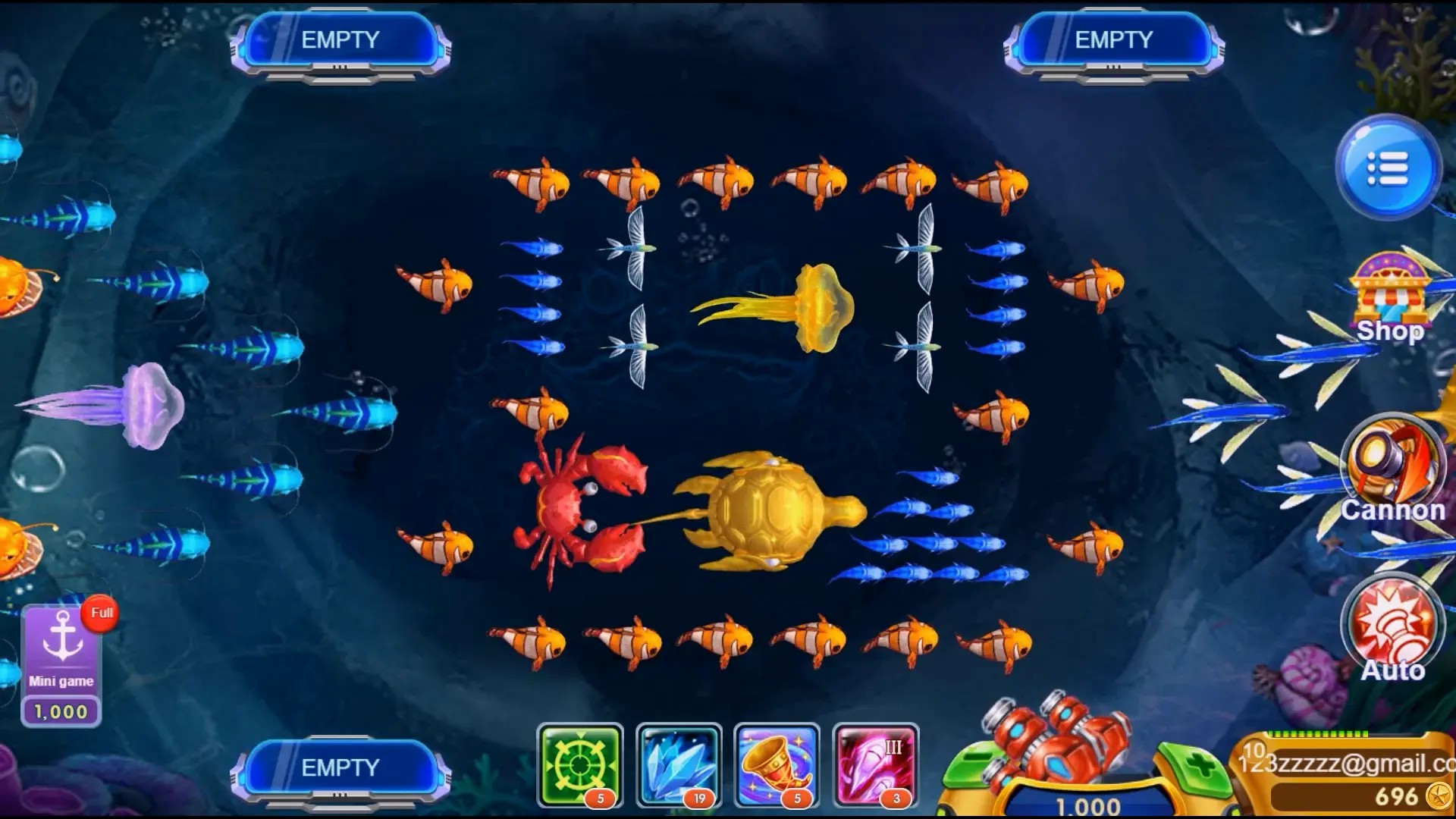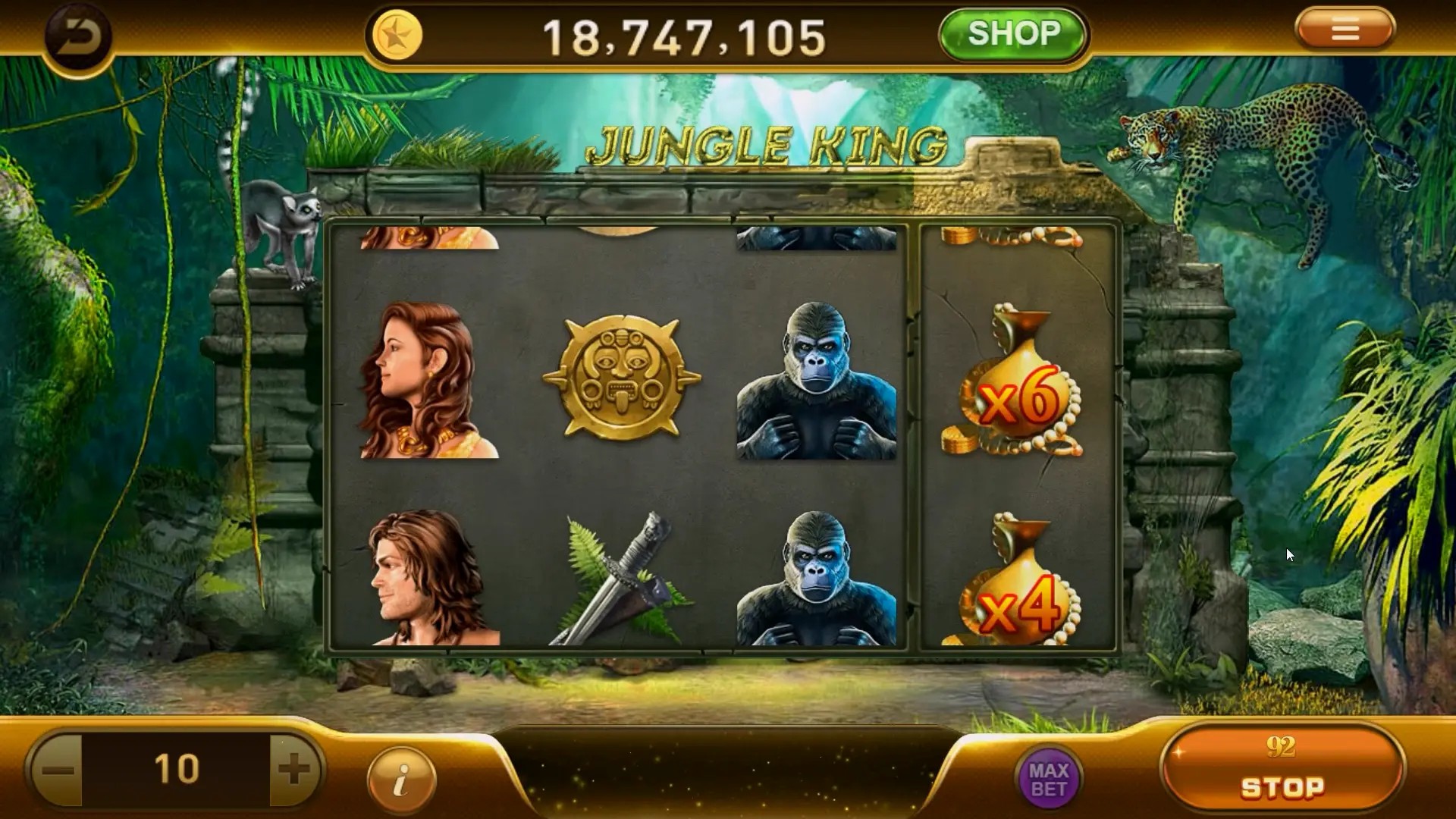Exploring the Impact of Casual Games on Learning: Are Educational Games the Future?
In recent years, the landscape of gaming has evolved significantly, leading to a surge in the popularity of casual games. These games, characterized by their simple mechanics and accessibility, are not only entertaining but also offer educational value. So, the question arises: Are educational games the future of learning? In this article, we'll delve into the impact of casual games on learning environments, examining their benefits, effectiveness, and potential as educational tools.
The Rise of Casual Games
Casual games have become a staple in the gaming industry. They appeal to a broad audience due to their ease of use and engaging nature. Unlike traditional, more complex games, casual games often require minimal time commitment, making them perfect for busy individuals. Not only are they fun, they can also foster cognitive skills that may contribute to overall learning outcomes.
Benefits of Casual Games in Education
- Increased Engagement: Casual games capture students' attention, making learning enjoyable.
- Instant Feedback: Players receive immediate results, which is essential for recognizing strengths and weaknesses.
- Accessible Learning: Available on various devices, casual games break down barriers to access education.
- Skill Development: Many casual games enhance problem-solving abilities and critical thinking.
What Makes Educational Games Effective?
Educational games, particularly casual ones, employ several strategies that make them effective in learning environments:
| Strategy | Implementation | Outcome |
|---|---|---|
| Gamification | Integrating game elements into learning | Increased student motivation |
| Interactive Learning | Encouraging active participation | Enhanced retention of information |
| Collaborative Play | Supporting teamwork and communication | Improved social skills |
| Progress Tracking | Allowing players to see their improvement over time | Continuous self-assessment |
Examples of Successful Educational Casual Games
There are numerous examples of casual games that have made a lasting impact in educational settings. Here are a few noteworthy titles:
- Math Blaster: This classic game helps students with math skills through engaging challenges.
- Wordscapes: A relaxing word puzzle game that enhances vocabulary.
- Duolingo: A language learning app that incorporates game mechanics to teach different languages.
- Carmen Sandiego: This game encourages critical thinking through geography-based mysteries.
Challenges in Implementing Educational Casual Games
Despite the many benefits, there are challenges associated with incorporating casual games into learning. Some of these challenges include:
- Resource Availability: Not all institutions have access to the technology required for gaming.
- Content Quality: Ensuring the educational content within games is accurate and relevant.
- Distraction Potential: Students might focus more on gameplay than educational objectives.
The Future of Casual Games in Education
The potential for casual games to shape the future of education is immense. As technology continues to advance, integrating educational games into curricula could become standard practice. Customization and personalization of learning experiences will cater to individual needs, making education more effective.
Conclusion
In conclusion, casual games are paving the way for a new era in educational approaches. Their engaging nature, combined with the capacity to promote cognitive skills, makes them valuable tools in learning. While challenges do exist, the opportunities they present cannot be overlooked. As educators and developers work together to create high-quality educational games, the future of learning may very well be in the hands of casual gaming.



